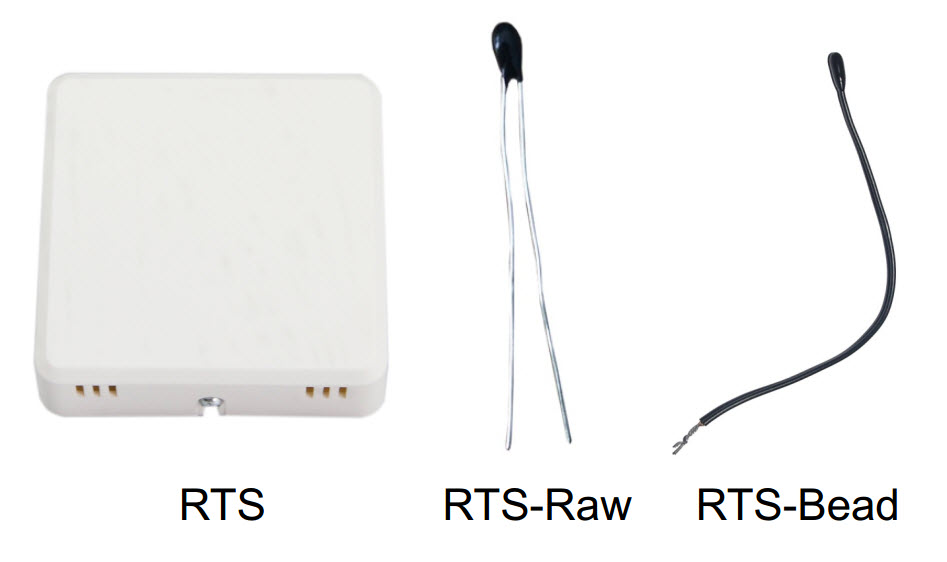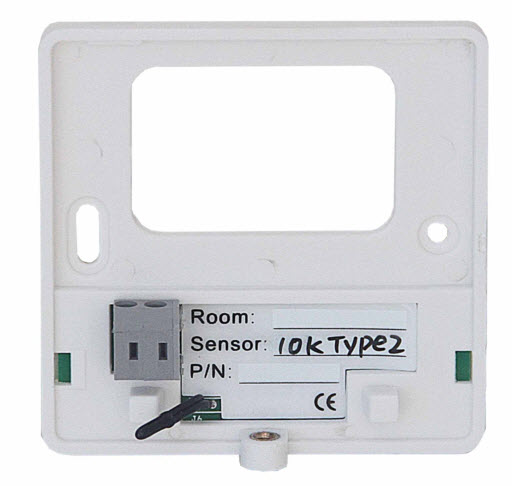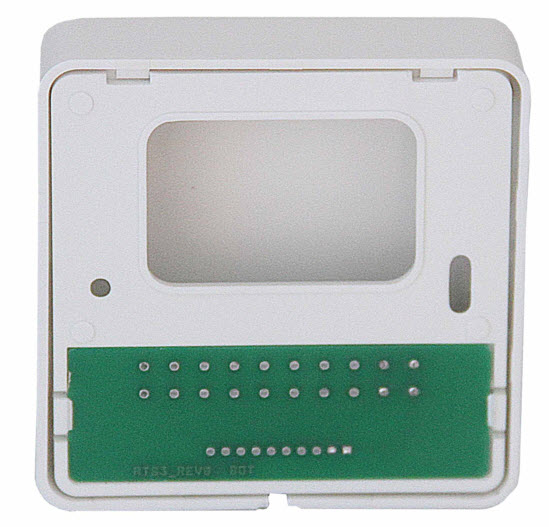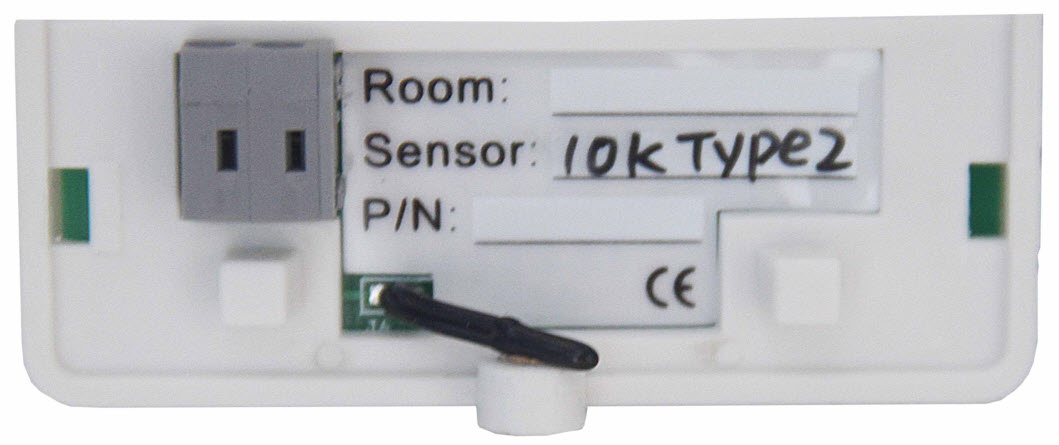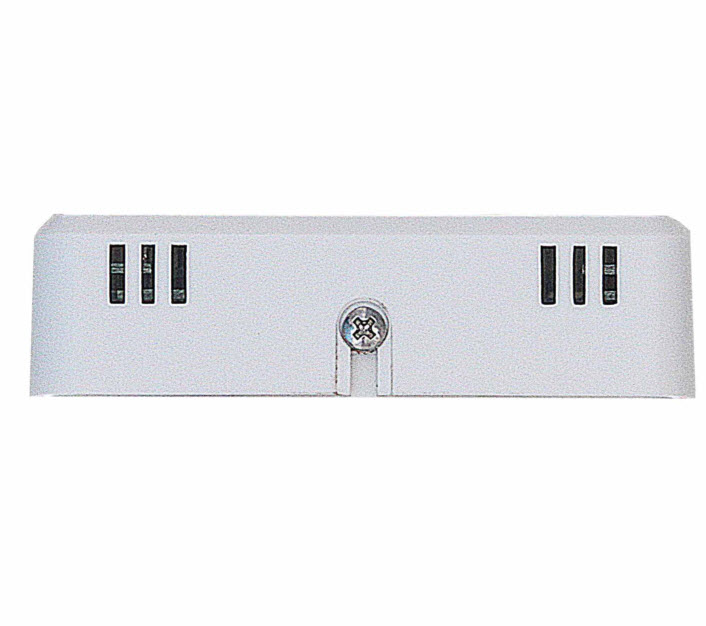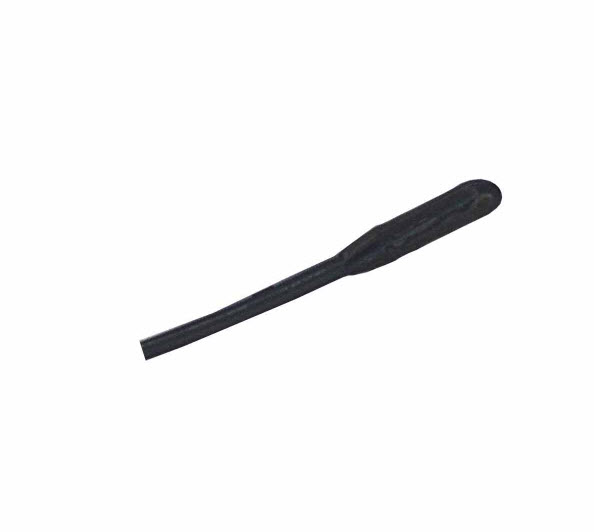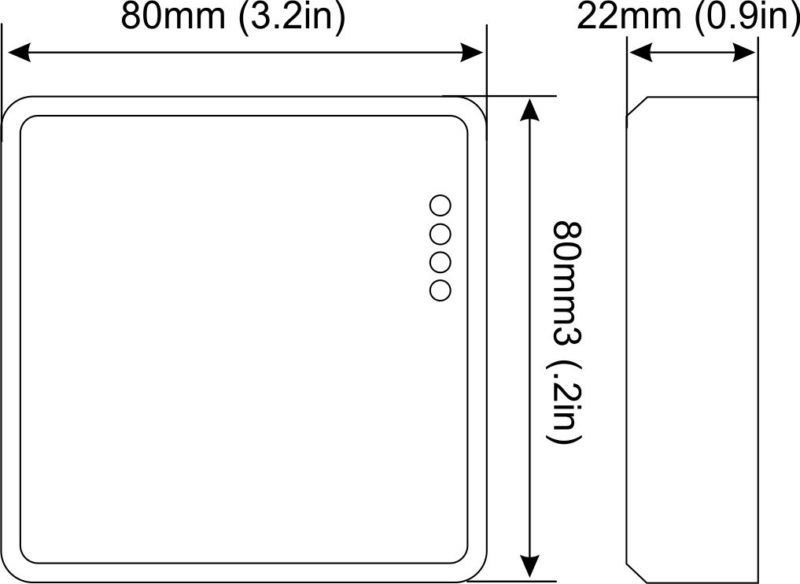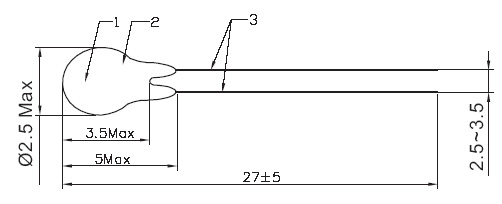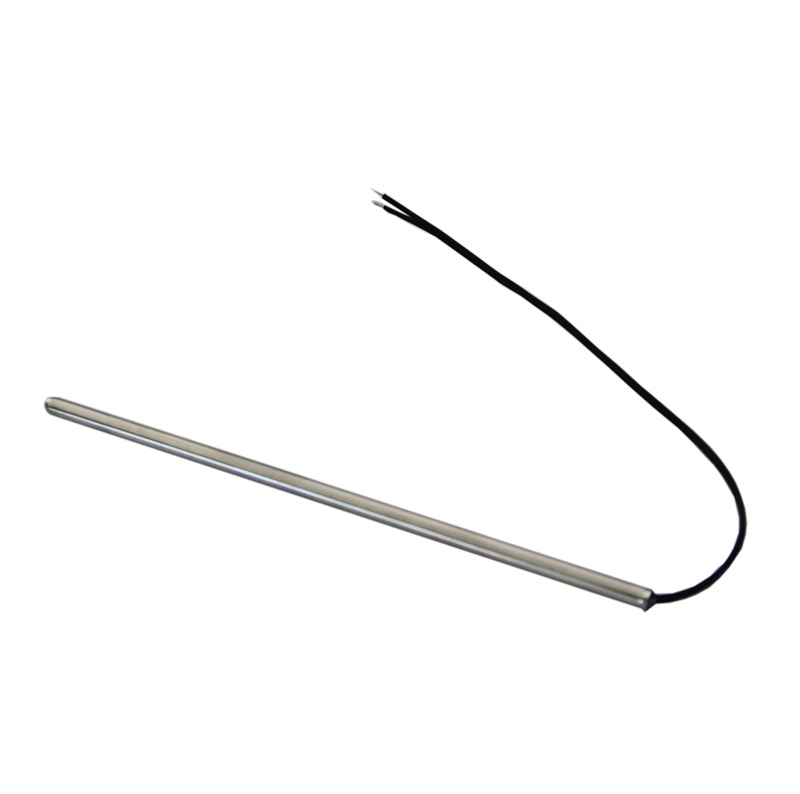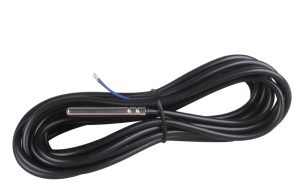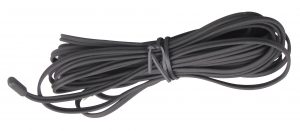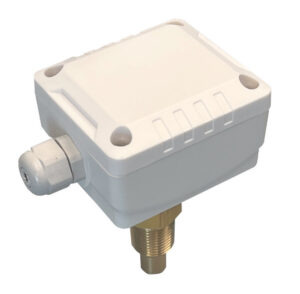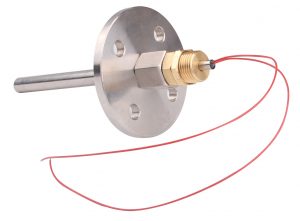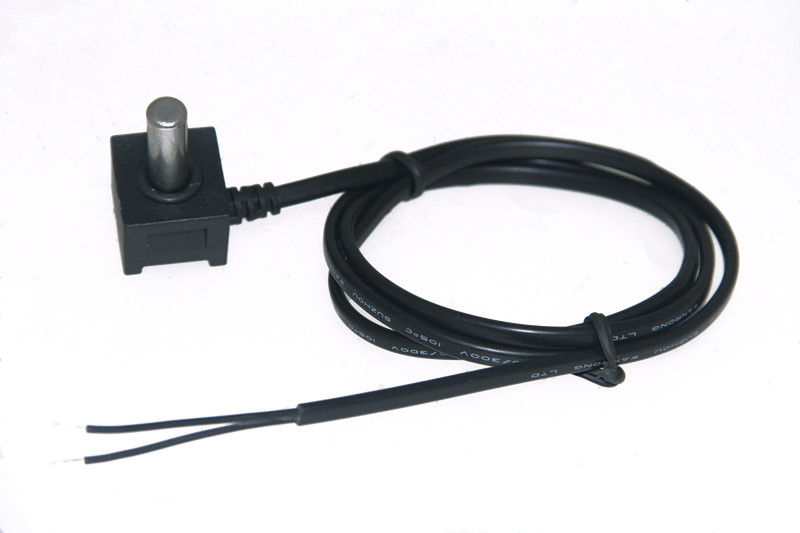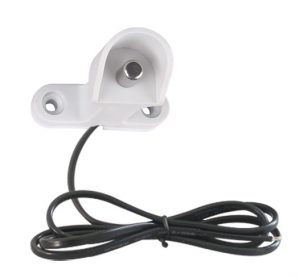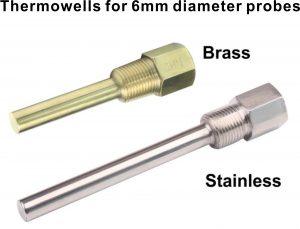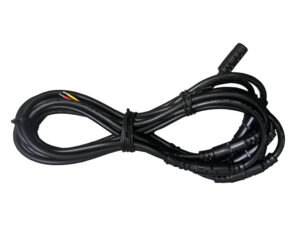RTS Wall and Bead Sensors
$1.00 - $3.50
The room sensors are used to provide reliable, accurate temperature readings in surface-mount room environments, Energy Management Control Systems, compatible with all the leading control systems.They feature a standard plastic ventilated enclosure.
Product Highlights:
- Three low cost room temperature sensors to choose from.
- High precision thermistor or RTD, accurate to 0.2C(+/-.36F).
- The platinum RTD is accurate to 0.4C.
Available Options:
| Weight | 0.01 kg |
|---|---|
| RTS type | RTS, RTS-Bead-120, RTS-Bead-4, RTS-RAW |
| Temperature Curve | 10K Type 2, 10K Type 3, 1K PT |
Related Products
-
Platinum Temperature Sensor
$25.00 - $30.00Availability: In stockOut of stock
This Probe Temperature Sensor is a 1K Platinum coming standard with an 8″ length Stainless Steel Temperature Sensor.
-
High temperature probe for Floor Heating & Solar applications
$6.00 - $10.30Availability: In stockOut of stock
This temperature probe is suitable for a variety or high temperature applications such as floor heating, solar heating systems and domestic hot water heaters to name a few. The sensor element is housed in a stainless steel probe which is 6mm diameter x 50mm [2in] long. The cable is 4.5 meter long and is a high temperature material that is tough and highly durable.The probe is available with custom thermistors and Pt elements, nearly all the popular ranges are available with very small minimum order quantity.
-
High temperature over molded floor heating sensor
$5.50Availability: In stockOut of stock
The Over Molded Floor Heating Sensor delivers precise temperature monitoring, high durability, and reliable performance for residential and industrial floors
-
Temperature Transducer with Bacnet and Modbus RS485
$19.00 - $35.00Availability: In stockOut of stock
Duct mount temperature only transducer, Bacnet/Modbus over RS485, 0-10v 4-20ma output signal
-
Boiler stack temperature sensor and thermowell, 1k Pt
$23.00 - $31.00Availability: In stockOut of stock
The Boiler stack temperature sensor and thermowell are designed to monitor the temperature of boiler stacks, steam lines and other applications where the temperature is above the operating range of typical HVAC thermistor type sensors. Maximum operating temperature of 300 Deg C (570 DegF).
-
WTS6-I: Strap-On Insert Temperature Sensor
$5.00Availability: In stockOut of stock
The strap-on Insert sensor consists of a stainless steel sheath temperature sensor, thermal conducting compound, and an adjustable pipe bracket accessory. The stainless steel sheath temperature sensor is suitable for direct application to pipe surfaces for chilled or hot water measurement.
-
Outdoor Air Temperature Sensor, Overmolded
$5.00 - $6.00Availability: In stockOut of stock
Accurate Outdoor Air Temperature Sensor for HVAC systems with a sealed stainless steel probe, PVC radiation shield, 2m cable, and quick-response thermal grease.
-
Thermowells
$5.50 - $8.50Availability: In stockOut of stock
These thermowells are designed for mounting temperature sensors in pipes and tanks.The thermowells are designed to handle this stress while providing good thermal contact with the fluid.They also provide isolation, if the sensor needs to be serviced the system can remain in operation without having to drain the lines. The thermowells are machined from a single piece of bar stock, there are no welds as found on competing products.
-
Averaging Temperature Sensor
$25.00 - $54.00Availability: In stockOut of stock
The sensor measures temperature in stratified air such as the mixing sections of air handlers. The sensor has a standard 10k type 2 temperature-resistance curve compatible with all major control systems.

